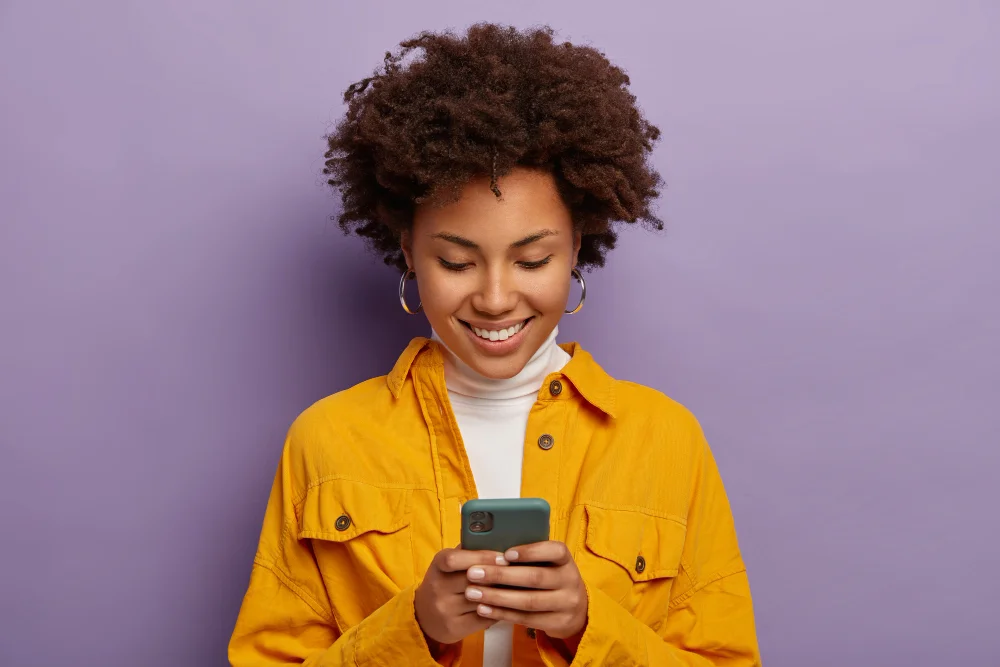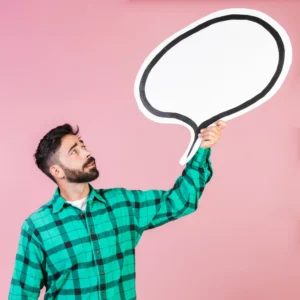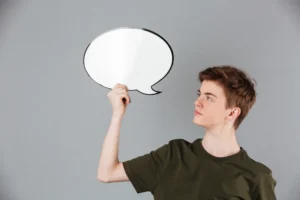Have you ever wondered why that simple blue heart 💙 can mean so much more than just “love”?
I remember the day vividly: I was texting my childhood best mate, after she’d just got a promotion. Instead of the usual ❤️ or 👍, I sent her a blue heart. She replied almost instantly: “Thanks for being my rock.” In that moment, I realised this symbol carries a deeper, more nuanced meaning—one that speaks of trust, loyalty, and calm reliability rather than romantic passion.
But how did this shade of heart come to be loaded with such meaning? And why do people choose it over red, pink, or yellow when they want to show support?
Let’s unpack the origins, psychology, and real-life use of the blue heart emoji—focusing on trust, friendship, and its broader significance in digital conversation.
The Origins: From Red to Every Colour Under the Sun
The blue heart emoji was standardised as part of Unicode 6.0 in 2010 and officially included in Emoji 1.0 in 2015—alongside 11 other coloured hearts 💛💚💜🖤💗🤎💙, etc.
These colour variations offer more emotional precision in our digital conversations. The red heart conveys love and romance, while the blue heart takes on a subtler, calmer role—ushering in trust, harmony, and appreciation in non-romantic contexts.
What the Blue Means: Traits and Symbolism
Trust, Loyalty, and Calm
- Multiple sources emphasise that the blue heart represents “trust,” “loyalty,” and “peace” .
- Colour psychology backs this up: blue typically signals stability and serenity.
- Unlike the red heart (for romance) or yellow heart (for happiness), the blue hits a middle ground—suitable for friendships, professional relationships, or acknowledging emotional support.
Bro Energy? Or Broader Impact?
There’s a playful mention in Cosmopolitan that blue hearts carry “bro energy”—friendly but emotionally shallow. Yet that’s just one voice. Broader research, including work from The US Sun and Lava Cow, suggests the blue heart is widely used in earnest friendship and support, including for causes like Autism Awareness or NHS pride.
Ultimately, context is everything: send it in jest or solidarity, as a sign of calm encouragement, or to affirm loyalty.
When and How to Use It: Practical Examples
Friendly Support & Brotherhood
Friends & Family:
“Congrats on the exam! 💙”—shows pride and calm support without romantic pressure.
In Groups:
Used in team chats: “Great effort everyone 💙”—to reinforce unity and shared effort.
Supporting Causes or Teams
- Medical causes: Blue is often used to show support for Autism Awareness or NHS staff.
- Sports teams: If your team’s colour is blue, a 💙 reinforces shared identity and fan solidarity.
Branded Communication
Jeremy Burge, founder of Emojipedia, notes that brands favour the blue heart—“the corporate heart”—because it conveys trustworthiness. It’s less intense than red, more measured and professional.
Emotional Intelligence & Interpretation
A study from Indiana University¹ showed emoji use correlates with higher emotional intelligence. Frequent emoji users—especially those using varied emojis—tend to display more emotionally secure attachment styles.
Yet caution is needed. A Wired article argues that heart emojis can become ambiguous as usage over-expands. A “blue heart” might be read differently depending on cultural or contextual differences.
Tip: Always consider your relationship and context. If in doubt, clarify:
“Loved your post about parenting—felt so peaceful reading that 💙 (hope that came across okay!)”
Blue Heart in Action: Cases & Anecdotes
1. Workplace Kudos
At my last job, I swapped the usual “Great job!” for “Great job today, seriously calm presence—💙.” The colleague replied, “That meant more than a thumbs up.” It became a running joke: blue hearts for above-and-beyond calm performance.
2. Mental-Health Allyship
Online mental-health communities use the blue heart to say:
“I’m here, I see you, you matter.”
It creates a sense of calm solidarity without implying romantic affection.
3. Sport-Fan Bonds
A friend once tweeted support for her local football team:
“Up the Blues! 💙”
That small symbol instantly united fans through shared colour, pride, and identity.
Different Symbolism:
- Emotional Intelligence Study – Indiana University, PLOS One
- Emoji Saturation & Ambiguity – Wired
- Brand Preference – Emojipedia’s Burge
- General Meanings – Lava Cow, PlannThat, The US Sun
FAQs: Quick Answers
Q: Is the blue heart romantic?
A: Not typically—it leans more toward friendship, support, or calm appreciation.
Q: Is blue heart gendered?
A: No—it’s mostly viewed as neutral and inclusive.
Q: Can I use it for grief or sadness?
A: While white and black hearts are more common for grief, the blue can imply serene condolences.
Q: Emoji overuse—could it be misinterpreted?
A: Yes. According to Wired, heart emojis are becoming so generic they can lose meaning. Use sparingly and mindfully.
Actionable Tips
1. Match with Mood & Relationship
Need to convey calm, genuine support? Choose 💙. For romance, go red or pink.
2. Combine Thoughtfully
- “Well done!” “💙✨” – pride and celebration.
- “Thinking of you” “💙🌍” – global unity and heart-centred care.
3. Avoid Overuse
Use sparingly. Too many hearts of any colour dilute their impact.
4. Be Aware of Context
In workplace chats or professional emails, a blue heart can humanise your message gently—but check if your workplace culture supports emoji use.
Why the Blue Heart Matters—Beyond Pixels
- Precision: It gives emotional nuance where words might fall flat.
- Trust & Calm: It’s a visual cue of stability—especially useful in online chats.
- Brand & Cause Support: It’s widely adopted in corporate and social-cause communication for its professionalism.
- Emotional Connection: It fosters deeper engagement and validates feelings.
Parting Thoughts
The next time you’re about to send a ❤️ or 👍, take a moment to consider the 💙. It could add a thoughtful, calm emotional hue that better reflects your intent.
Join the chat: What does the blue heart mean to you? Have you used it in a surprising context—at work, in advocacy, or with someone unexpected? Drop a comment below—I’d love to know.
Related: What Does the White Heart Emoji Mean?
References
- Indiana University study (PLOS One) on emoji use and emotional intelligence
- Wired on emoji dilution
- Cosmopolitan and The US Sun on heart meanings
- Emojipedia insights via Burge




